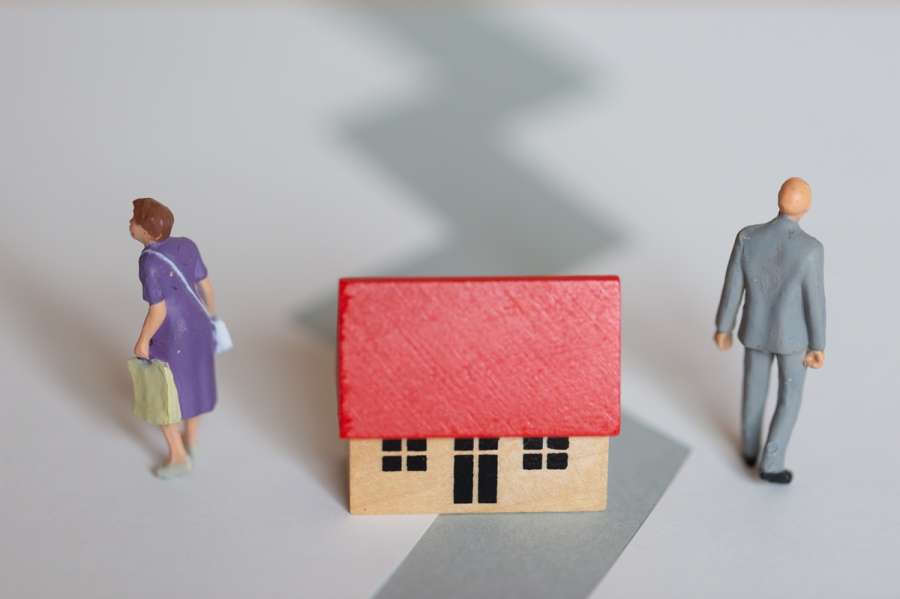In proceedings for divorce, nullity, or dissolution of a civil partnership, the court has the power to share pension savings between the parties under a pension-sharing order.
As part of the financial disclosure process in divorce, both parties should exchange financial disclosure to include details of all income, capital, property, pensions, and liabilities.
With reference to pensions, the first step is to find out how much the pensions are worth, and both parties will need to obtain the cash equivalent value of their pensions.
It can take a number of weeks to obtain these valuations, and therefore, your solicitor should assist you with this from the outset of instruction.
Once financial disclosure has been exchanged and all pension valuations obtained (bearing in mind that some individuals may have multiple schemes), it may be necessary to involve a pension actuary or pension on divorce expert.
They can provide further in-depth valuations and expert opinions to consider how pensions can be divided fairly on divorce. There are many different types of pension schemes, and their complex nature means that it is important that you seek specialist advice early on.




